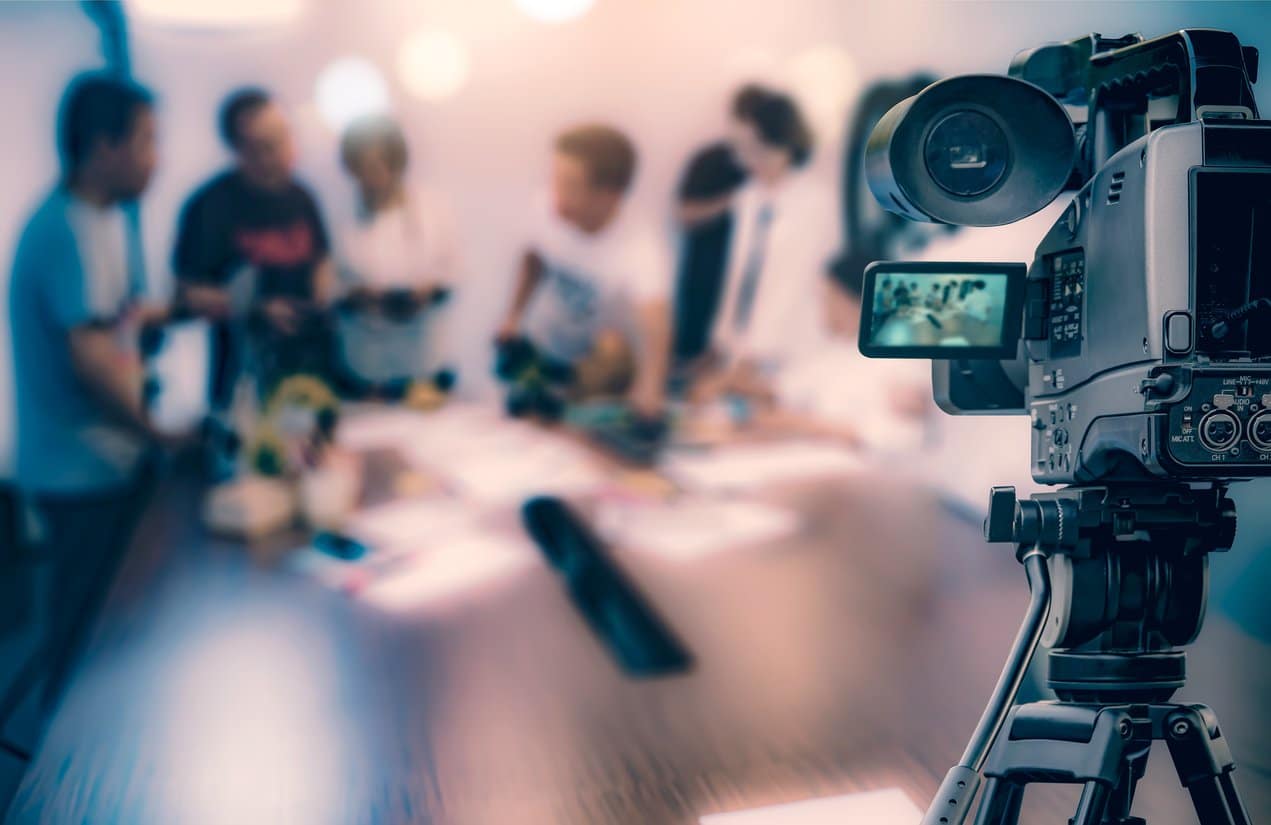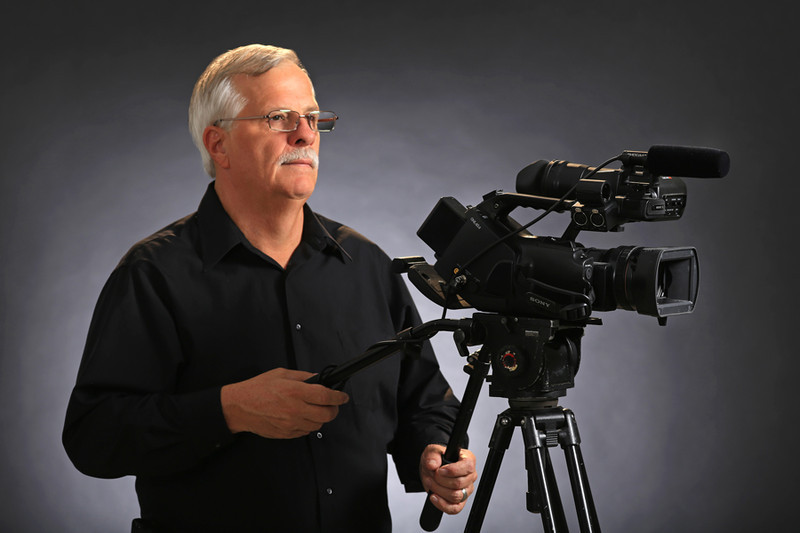Why Legal Videography is Important for Accurate Legal Documentation
Why Legal Videography is Important for Accurate Legal Documentation
Blog Article
Looking Into the Devices of Legal Videography: Unveiling Its Operation in Shielding Genuine Aesthetic Testament for Judicial Process
In the world of judicial procedures, the function of legal videography stands as a cornerstone in maintaining and providing aesthetic proof. As modern technology proceeds to advance, the mechanisms behind legal videography have actually ended up being progressively elaborate, supplying a crucial layer of authenticity to testimonies recorded on video clip.
Historical Advancement of Legal Videography
Taking a look at the historic progression of lawful videography discloses a significant makeover in the recording and presentation of aesthetic evidence within the lawful landscape. In the past, legal procedures greatly depended on written transcripts and pictures to record events and offer proof. With the introduction of video clip modern technology, the legal market experienced a standard shift in how aesthetic testament was caught and offered.
The evolution of lawful videography can be mapped back to the late 20th century when innovations in video clip recording equipment made it extra available for use in courtrooms. This technical improvement not just improved the precision and integrity of aesthetic proof yet likewise reinvented the means cases existed to courts and courts (Legal Videography). Attorneys started to identify the influential power of video recordings in conveying emotions, subtleties, and non-verbal hints that composed records or photographs alone could not capture effectively

Technology Improvements in Video Documentation
What key technological developments have changed video clip paperwork in the legal field? The lawful field has actually seen considerable advancements in video documentation innovation that have improved the credibility and integrity of visual proof in judicial procedures. One of the essential innovations is high-definition (HD) video recording abilities, which give crystal-clear images and sharp information that are critical for accurately capturing testaments, face expressions, and various other visual hints. Furthermore, the assimilation of timestamping and metadata features in video documentation tools has actually made it possible for precise documents of when and where the video clip was videotaped, making certain the honesty of the proof presented in court.
In addition, improvements in video security and watermarking technologies have actually reinforced the security and tamper-proof nature of video proof, safeguarding it versus unauthorized changes or tampering. The introduction of cloud storage space remedies and remote access capabilities has streamlined the storage space, access, and sharing of video clip proof, facilitating seamless partnership amongst lawful specialists and guaranteeing effective accessibility to critical visual statements when required. These technical innovations in video clip documents have actually undoubtedly changed the lawful field, improving the precision, credibility, and admissibility of aesthetic proof in judicial process.
Role of Lawful Videographers in Court Room Setups
The advancement of video clip paperwork technology in the lawful area has necessitated a crucial duty for lawful videographers in court setups, making certain the stability and dependability of aesthetic testaments provided during judicial process. Legal videographers play a basic duty in catching and preserving exact visual evidence that can be crucial in litigation. Their obligation encompasses establishing devices, recording process, and creating premium videos that properly show the events in the court room.
In court settings, lawful videographers need to comply with stringent standards and review requirements to maintain the credibility of the visual document. They should have a keen eye for information and an extensive understanding of lawful procedures to make certain that the footage they record is a true representation of the occasions that transpired. In addition, legal videographers commonly work carefully with legal teams to ensure that the video evidence aligns with the situation's needs and can be efficiently offered in court to sustain the legal disagreements being made. Overall, the role of legal videographers in court room setups is important in promoting the principles of justice and guaranteeing the openness of lawful process.

Ensuring Admissibility and Integrity of Video Clip Proof
To preserve the reputation of visual proof presented in legal procedures, ensuring the admissibility and integrity of video clip proof is a vital duty for legal videographers. Admissibility refers to the approval of proof by the court, and for video evidence to be permissible, it must satisfy particular requirements. Lawful videographers play an essential function in making certain that the videos they catch follow the rules of evidence, such as reliability, authenticity, and relevance.
Integrity of video evidence involves maintaining the creativity and precision of the video from the moment it is videotaped till it is offered in court. This consists of safely keeping the video data, documenting the chain of protection, and protecting against any kind of meddling or modifications. Legal videographers should comply with stringent procedures to guarantee the integrity of the video clip proof and stop any type of challenges my company to its credibility.
Future Trends in Legal Videography
Offered the boosting dependence on innovation in legal process, lawful videographers are poised to welcome ingenious improvements shaping the future of aesthetic statement capture and presentation. Among the noticeable patterns imminent is the assimilation of online reality (VIRTUAL REALITY) and increased reality (AR) technologies right into legal videography. These modern technologies have the prospective to transform just how visual evidence exists in courts, permitting courts and judges to submerse themselves in the scene of the crime or incident.
Furthermore, the use of expert system (AI) formulas for video evaluation is expected to streamline the procedure of evaluating and assessing big quantities of video footage. AI can help in identifying vital moments, abnormalities, and patterns within video clips, improving the performance of legal examinations.

Conclusion
In verdict, legal videography has actually played an important role in supplying authentic aesthetic evidence for judicial procedures. Via technological advancements and the experience of legal videographers, the honesty and admissibility of video proof are ensured in court settings. As lawful videography proceeds to evolve, it will certainly be important to maintain standards that preserve the precision and reliability of aesthetic testament for the future of legal process.
Examining the historical development of legal videography exposes a substantial change in the recording and discussion of visual evidence within the lawful landscape.The evolution of video paperwork modern technology in the legal field has demanded a crucial function for lawful videographers in court room setups, guaranteeing the stability and integrity of aesthetic testaments presented during judicial procedures. Furthermore, lawful videographers usually function closely with lawful groups to ensure that the video evidence aligns with the situation's demands and can be successfully read here offered in court to sustain the lawful debates being made.To maintain the trustworthiness of visual evidence provided in legal procedures, making sure the admissibility and stability of video clip evidence is an essential duty for lawful videographers. As lawful videography proceeds to progress, it will certainly be crucial to copyright standards that maintain the precision and integrity of aesthetic testament for the future of lawful procedures.
Report this page